blogs
HOTEL

F&B at the highest level
F&B at the highest level: Jeroen Taillie leads the culinary direction of Hotel Okura Amsterdam
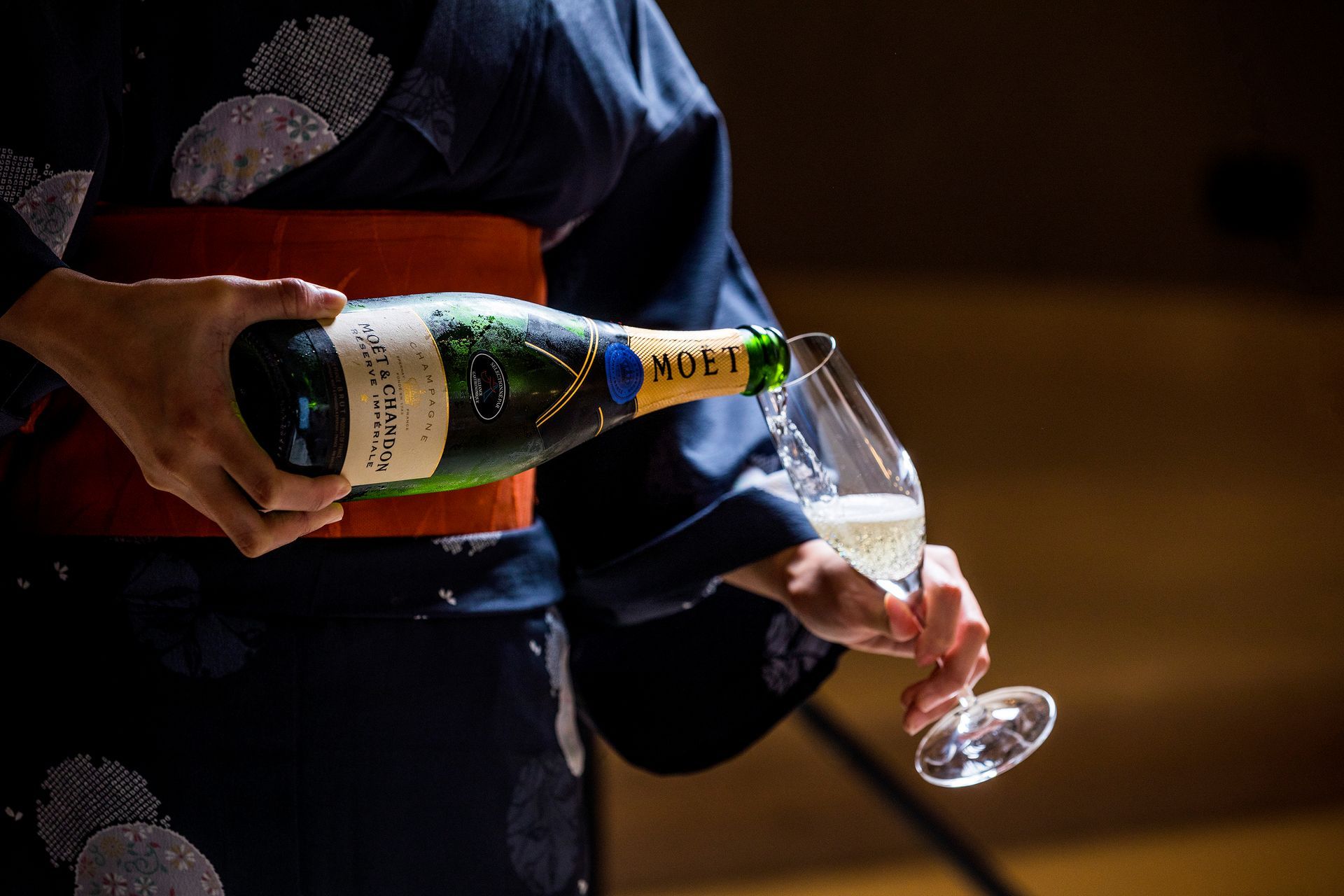
The Art of Celebration
6-course Moët & Chandon Grand Vintage Dinner by Tsukasa Hagimori of Yamazato
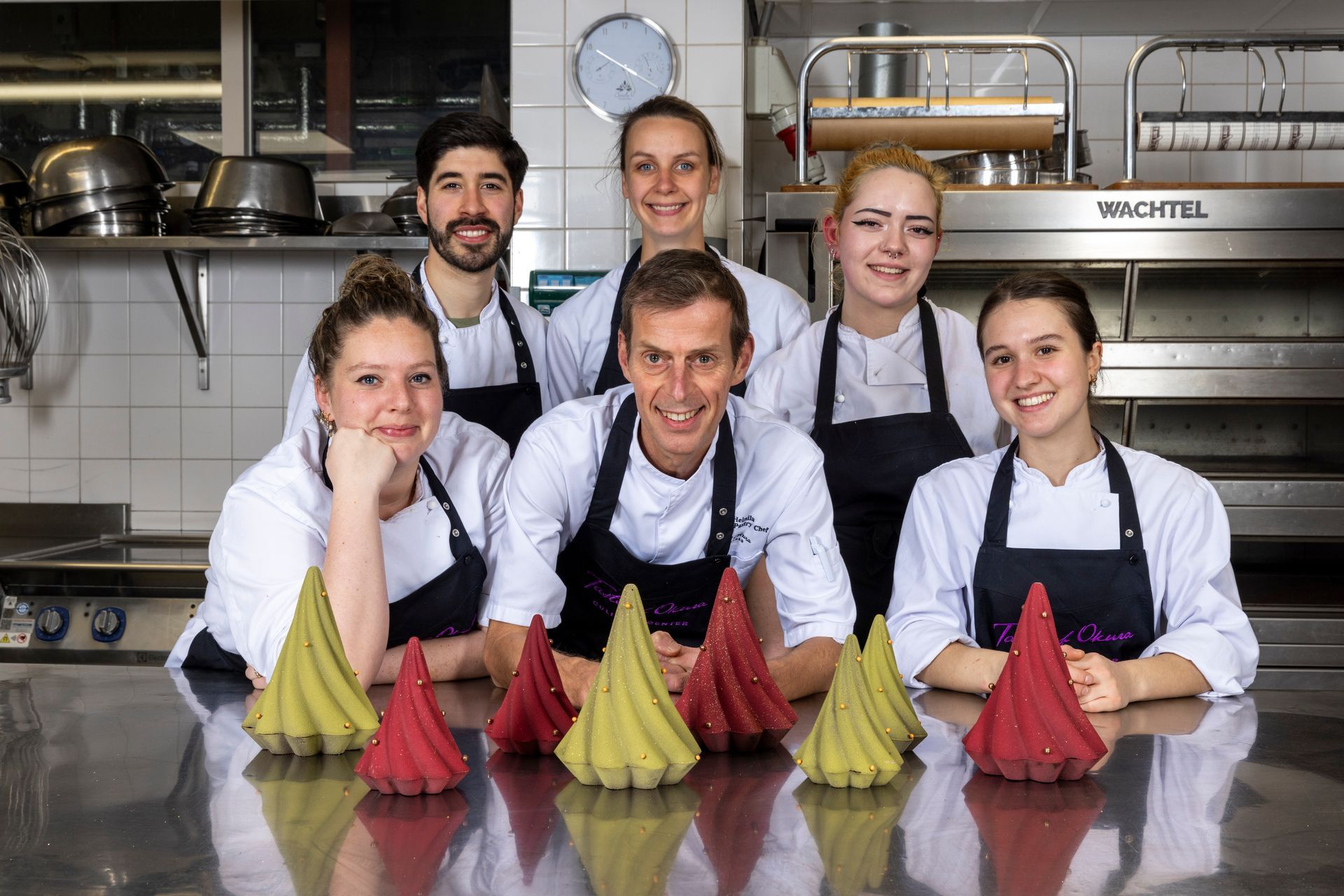
Pop-up Pastry - Festive Season
Hotel Okura Amsterdam treats guests to exclusive pastries for the festive Season.
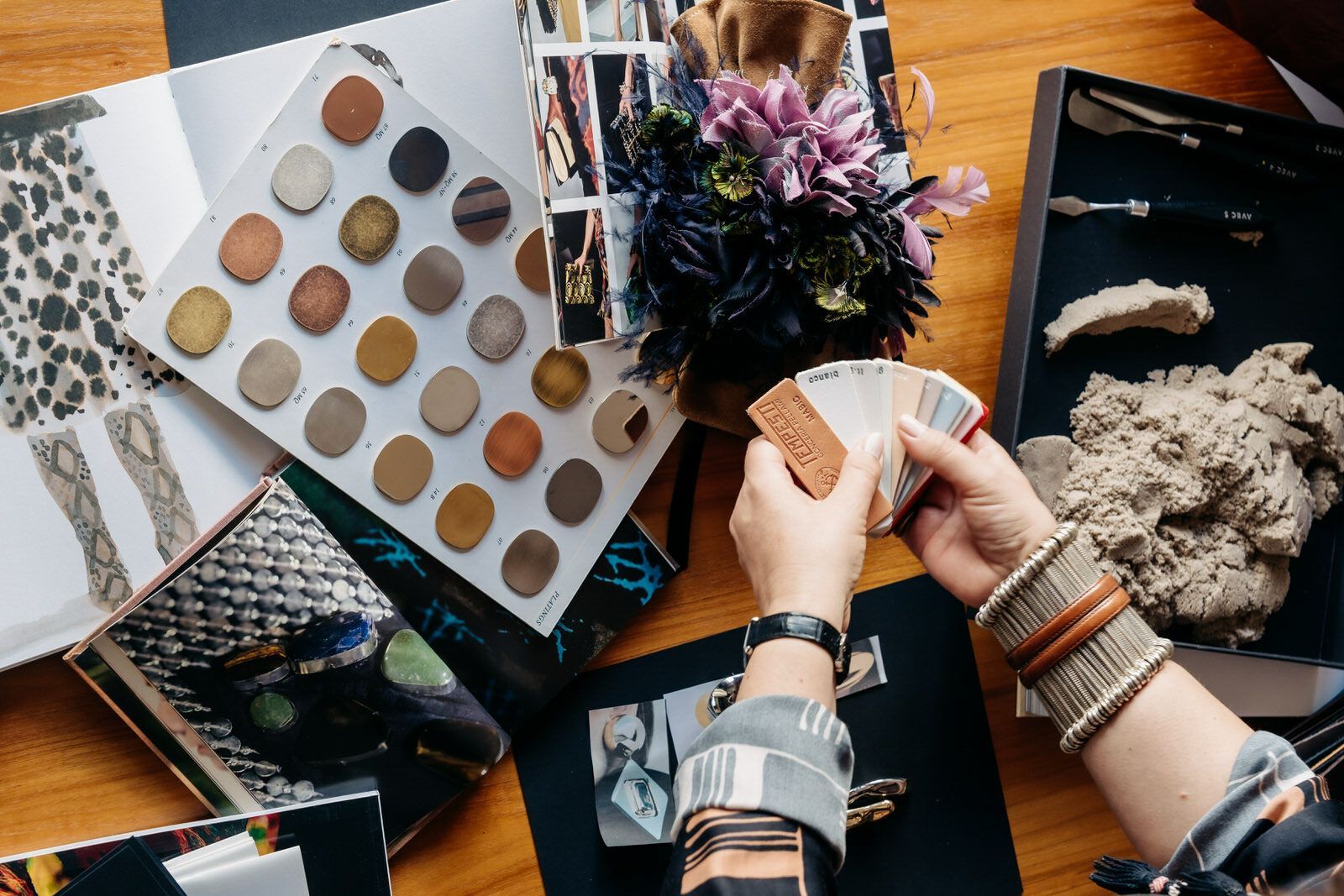
Okura Elevates Luxury Offerings with Designer Experience
Hotel Okura Amsterdam takes luxury to new heights.
Mike Klaassen strengthens Ciel Bleu team as Chef de Cuisine
Ciel Bleu Restaurant** strengthens its team with the addition of Mike Klaassen (25).
Walking challenge Homewalk
Walking challenge homewalk Sore feet, pulling each other through, and persevering.
Okura unveils Dutch sparkling wine, Cuvée Okura
St. Martinus and Hotel Okura Amsterdam create a unique blend for guests Hotel Okura Amsterdam.
Optimizing the guest experience is a continuous process
Hotel Okura Amsterdam operates at the highest level of luxury, which naturally comes with high expectations.
Blooming Symbol of Friendship
In honor of Hotel Okura Amsterdam’s 25th-anniversary, the Okura Tulip was cultivated 27 years ago.
Events: customized from concept to execution
In the heart of Amsterdam, in close proximity to both the city center and Schiphol Airport, the Zuidas…
3 questions for Ivo de Beus
Every month, we like to introduce one of our valued team members to you.
International Women’s Day: in conversation with our deputy general manager Femke Groeneveld-Weller
At Hotel Okura Amsterdam we #ChooseToChallenge by inspiring and developing the next generation of leading female hoteliers.
5 reasons to love Okura
Hotel Okura Amsterdam, your trip to Japan! A world where eastern and western influences are uniquely entwined.
24 hours Okura at home
At Hotel Okura Amsterdam, we are committed to providing peaceful luxury with a serene atmosphere.
Meet the concierge team of Hotel Okura Amsterdam
Amsterdam has so much to offer, from canal boat tours to world-renowned museums.
Colouring the skyline
At 78 meters high, Hotel Okura Amsterdam towers above the canals and has been a prominent sight in…
Okura Adds Colour To Summer With Cocktails Pop Up
Starting June 21, Hotel Okura Amsterdam will serve elegant and artisanal cocktails with a Japanese touch on the lounge terrace of Serre Restaurant.
F&B at the highest level
F&B at the highest level: Jeroen Taillie leads the culinary direction of Hotel Okura Amsterdam
The Art of Celebration
6-course Moët & Chandon Grand Vintage Dinner by Tsukasa Hagimori of Yamazato
Pop-up Pastry - Festive Season
Hotel Okura Amsterdam treats guests to exclusive pastries for the festive Season.
JAPANESE CULTURE
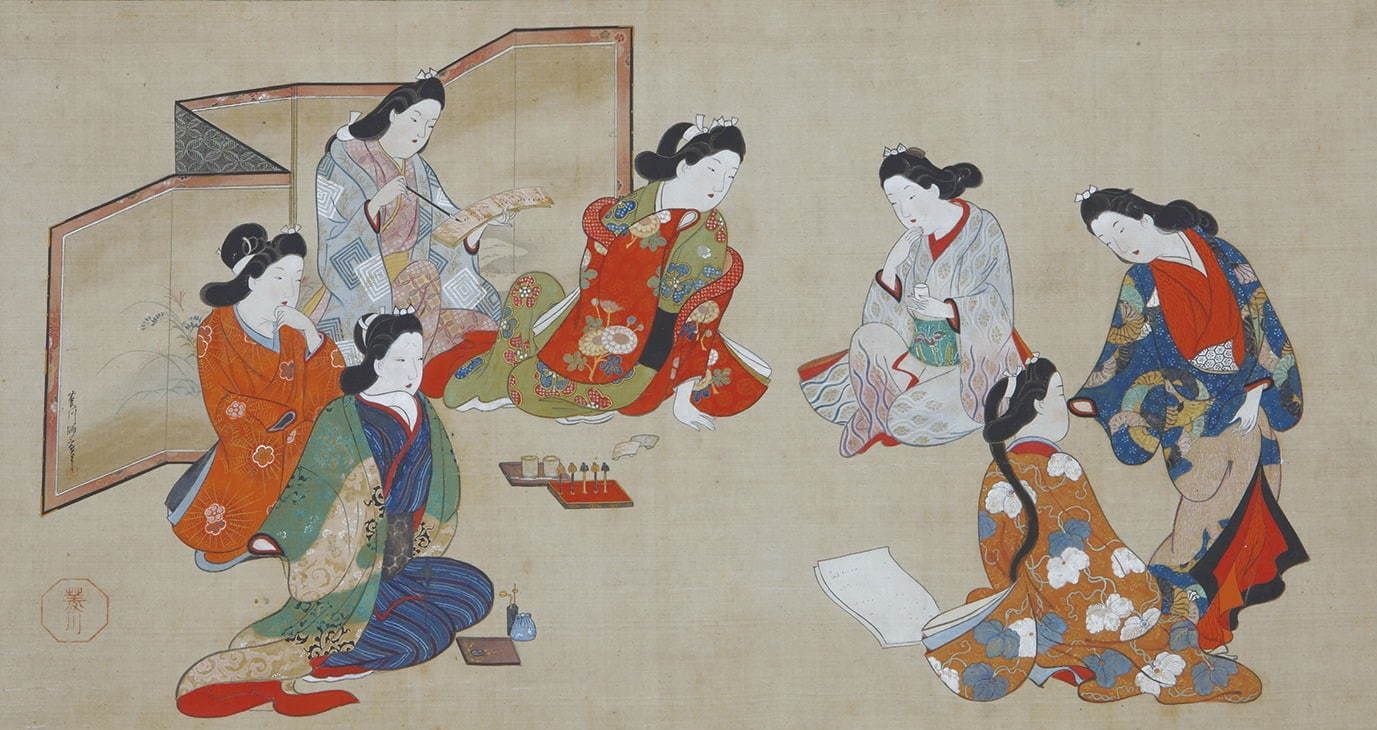
The Kōdō Tradition
Experience the art of Kōdō, an immersive fragrance experience, for one exclusive day at Hotel Okura Amsterdam.
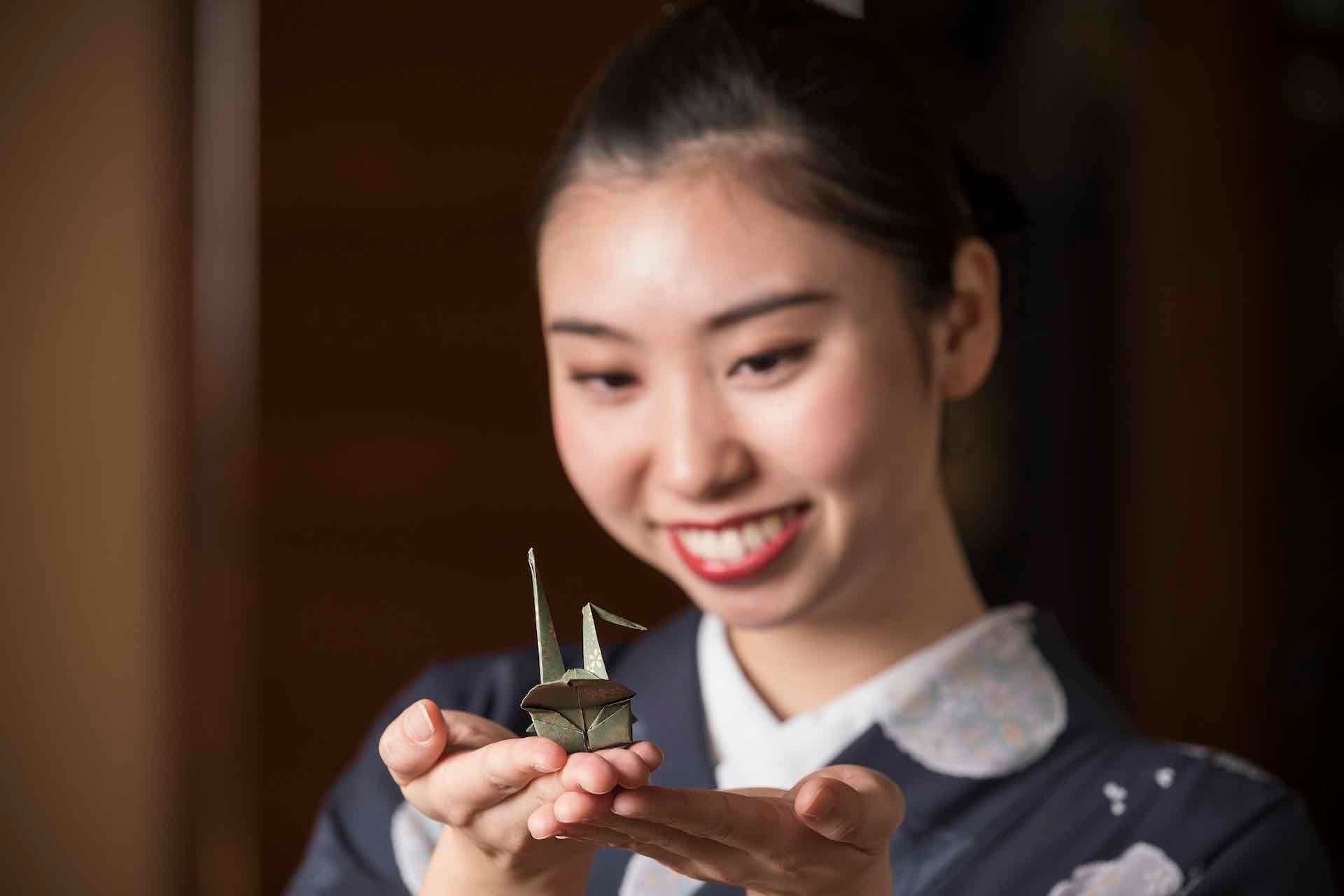
Japanese Habits
You do not need to board the plane and leave the Netherlands to discover Japan.
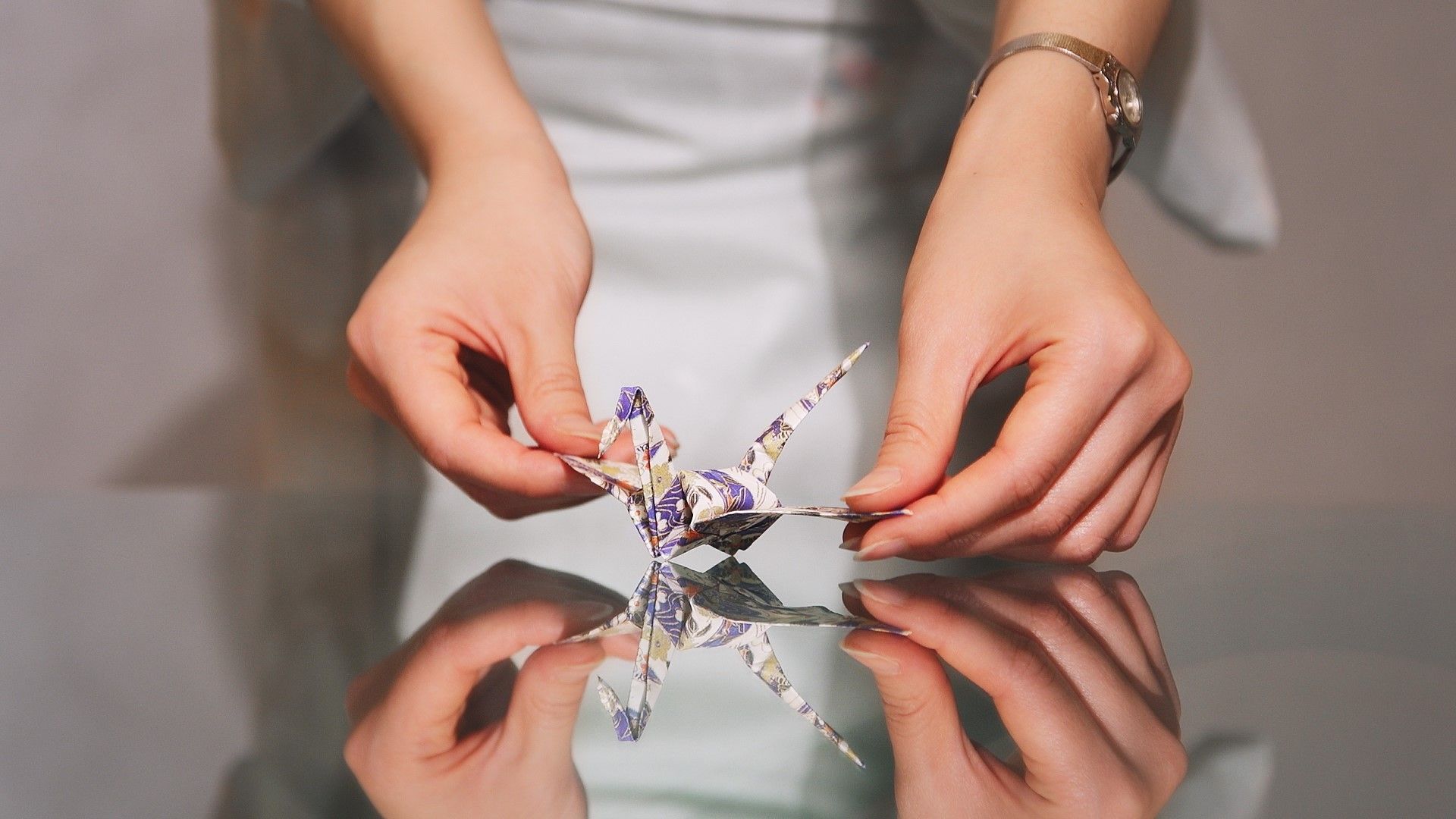
Origami
Origami is the Japanese art of paper folding, ori means folding and kami means paper.
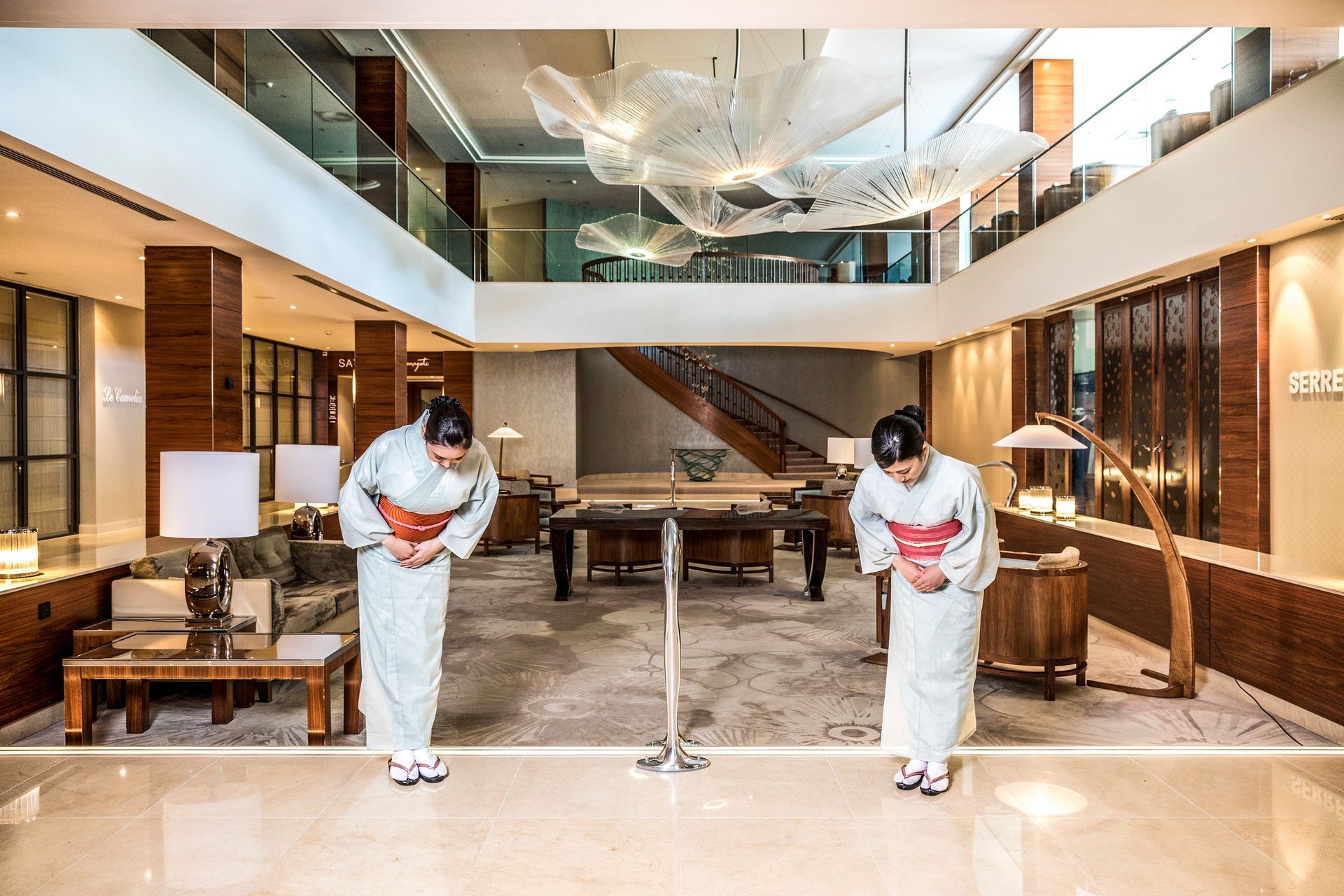
Bowing – お辞儀, Ojigi
Bowing is the Japanese way of greeting. It is an essential part of Japanese culture.
Masanori Tomikawa: from porter to a Michelin starred chef
Masanori Tomikawa is Executive Chef of the authentic Japanese Yamazato Restaurant in Hotel Okura Amsterdam.
The different courses of the traditional kaiseki cuisine
At Yamazato Restaurant we serve the traditional Japanese kaiseki cuisine.
Girls day – Hina no Sekku
There is no place in the world where symbolism and traditions are mingled more in everyday life.
Japanese festivals
The festivals in Japan, matsuri in Japanese, are often celebrated around a particular event in close relation to…
Children’s Day – Golden Week
There is no place in the world where symbolism and traditions are mingled more in everyday life.
The Kōdō Tradition
Experience the art of Kōdō, an immersive fragrance experience, for one exclusive day at Hotel Okura Amsterdam.
Japanese Habits
You do not need to board the plane and leave the Netherlands to discover Japan.
Origami
Origami is the Japanese art of paper folding, ori means folding and kami means paper.
CULINARY
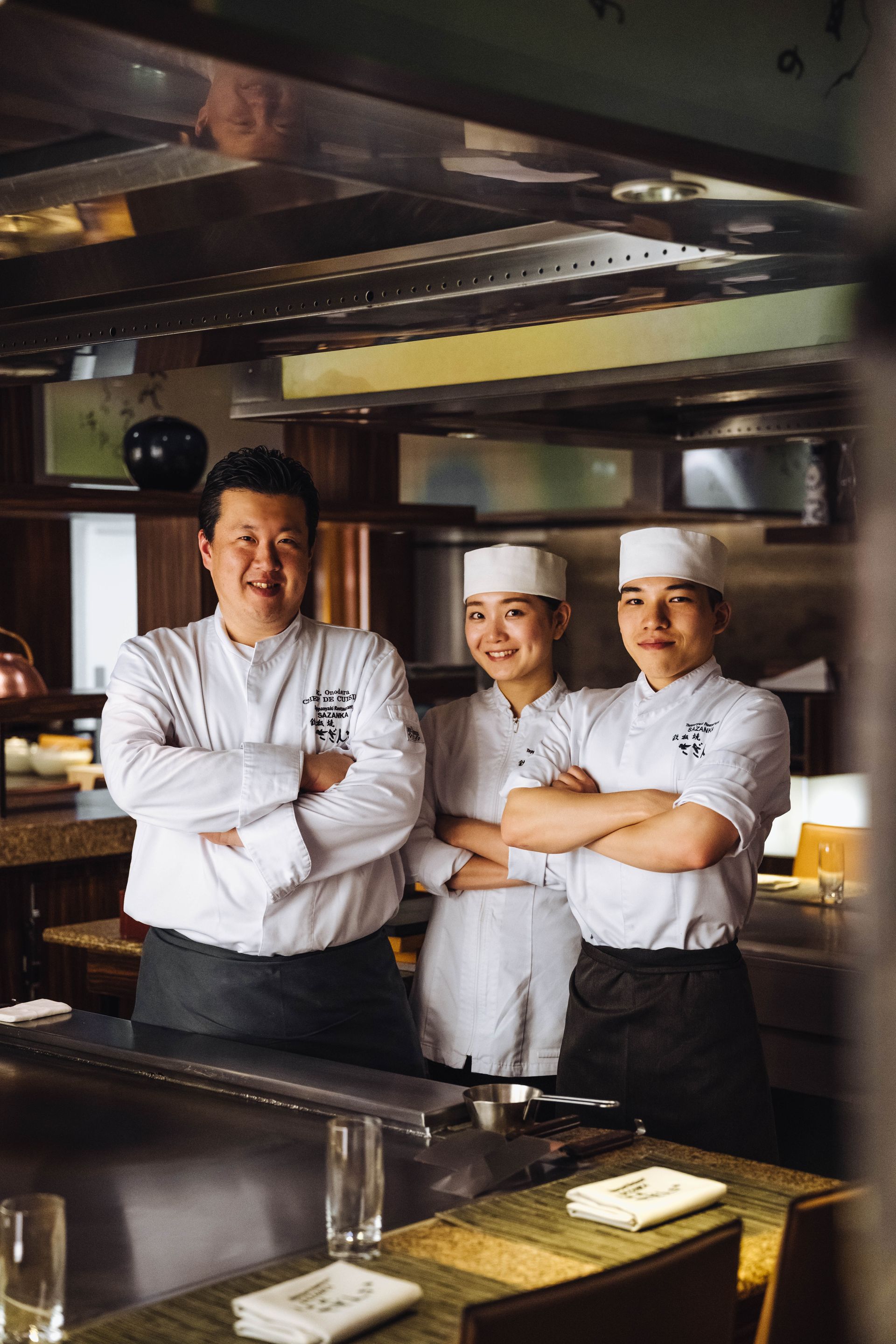
Chef Recruitment for Restaurant Sazanka
A unique career opportunity for chefs: training program with 2 months of training in Japan. Elevate your craft and join a world-class culinary team.
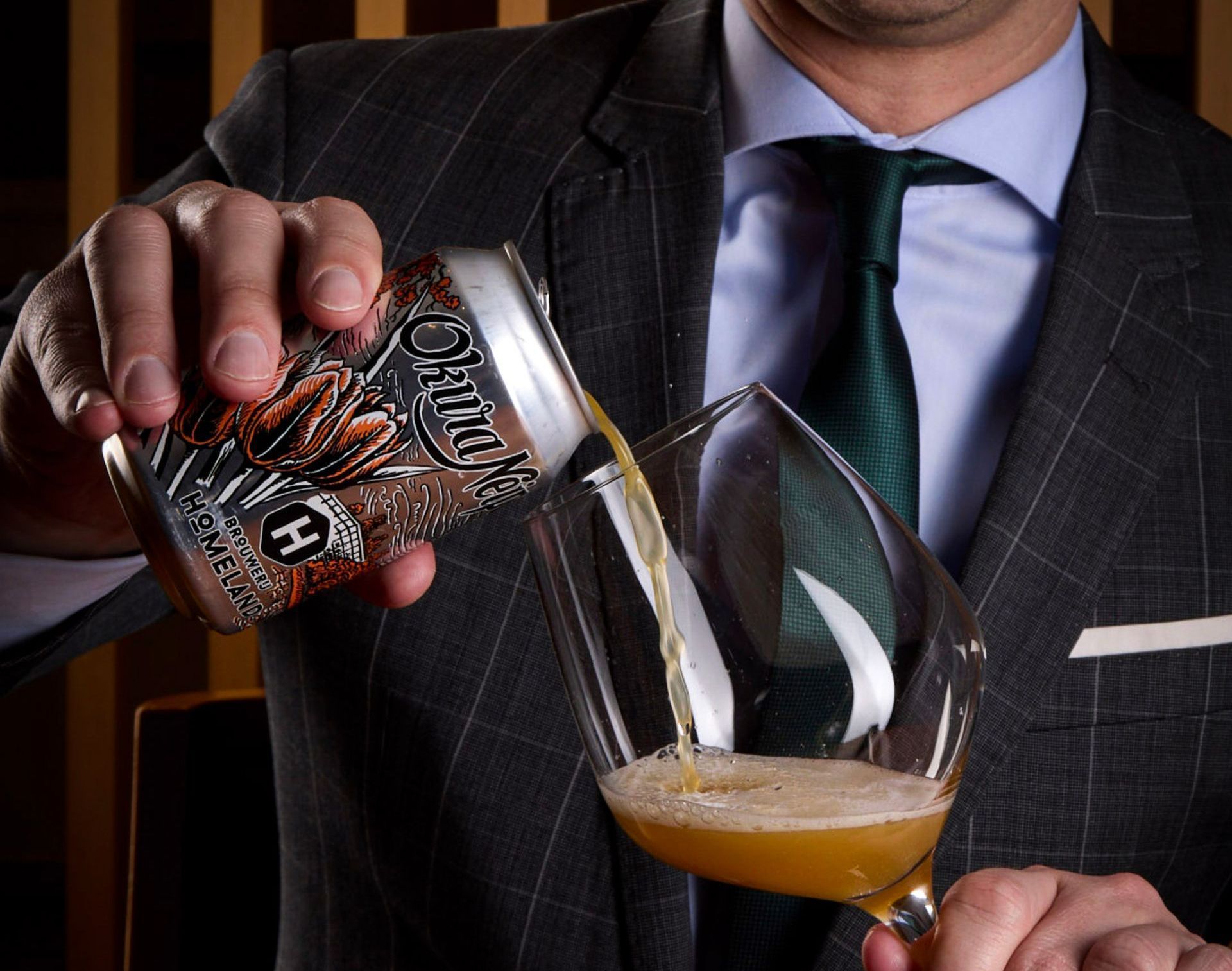
Okura NEIPA: A Unique Collaboration
Brouwerij Homeland and Hotel Okura Amsterdam join forces once again to launch the Okura NEIPA. A super fruity and highly drinkable NEIPA with a surprising character.

Noël Vanwittenbergh Unveils the Secrets of Signature Wines
Noël’s Wine Exploration is an unforgettable journey that will forever change the way the guest experiences wine.
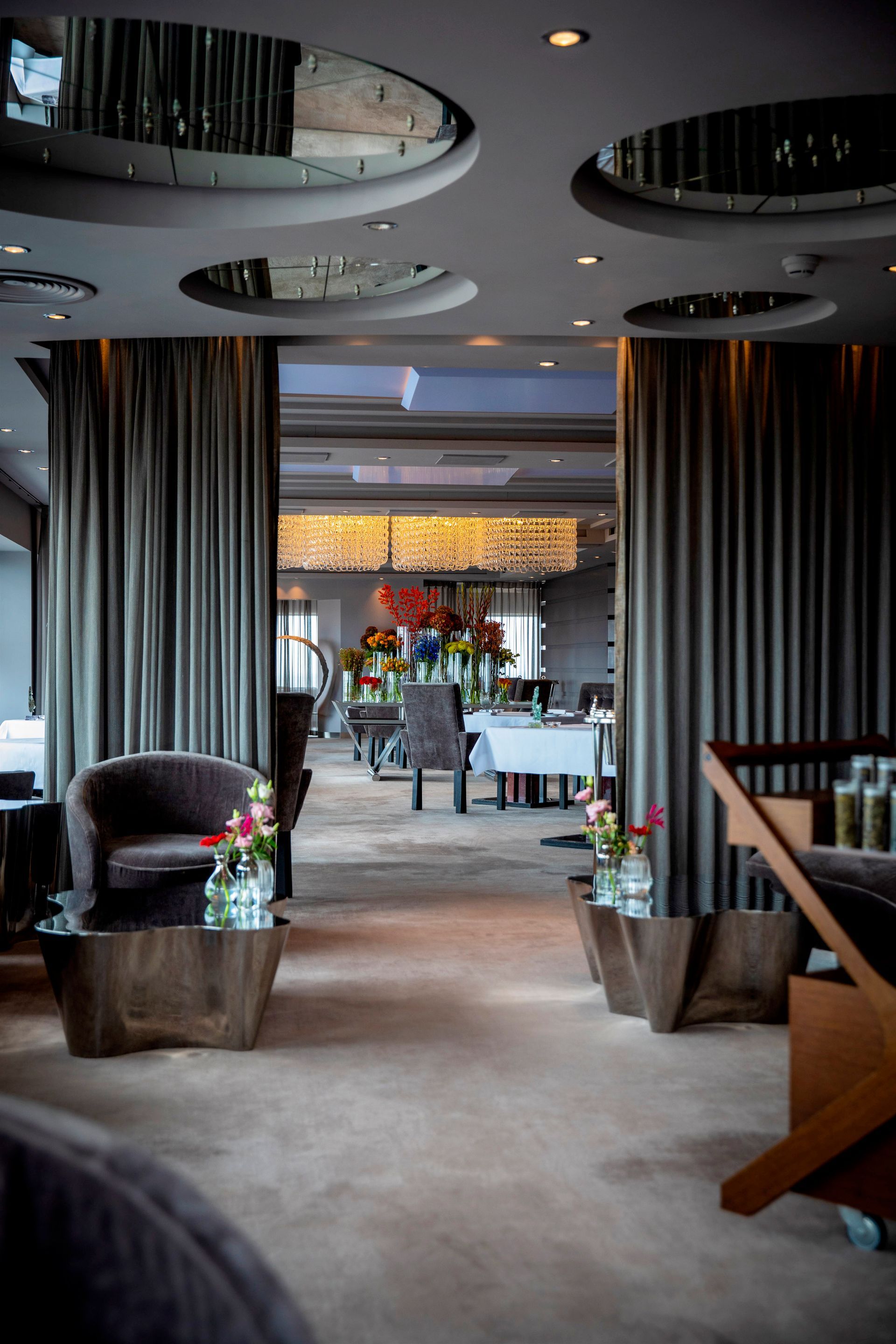
Ciel Bleu's Refined Nights
The prestigious two-Michelin-starred Ciel Bleu Restaurant at Hotel Okura Amsterdam presents Ciel Bleu’s Refined Nights, an exclusive series of culinary evenings.
Yamazato retains Michelin star and continues to shine with authentic Japanese cuisine
Amsterdam, October 7, 2024 – Yamazato Restaurant , located in Hotel Okura Amsterdam.
Ciel Bleu retains two Michelin stars and continues to shine at the culinary top
Amsterdam, October 7, 2024 – Ciel Bleu Restaurant , located on the 23rd floor of Hotel Okura.
Chefs at Okura serve comfort food during summer on Serre’s Thursdays
Serre Restaurant trusts its kitchen to chefs Andrea Ranieri, Antonio Castiello, Arjan Speelman, and Lodewijk Akito van Tilborgh…
Serre Pays Homage to Spring with renewed Sakura Afternoon Tea
The blossoming Sakura trees, along with the Sakura Afternoon Tea served at Serre Restaurant, create the ideal setting…
Multiple culinaire recognitions
This summer, we received multiple culinary recognitions for Restaurant Ciel Bleu at Hotel Okura Amsterdam.
Okura Wit
Okura and Homeland introduce extraordinary summer beer: Okura Wit Amsterdam, June 15, 2023 – Hotel Okura Amsterdam…
Okura Presents a Gastronomic Easter Brunch
'Easter 2024' Okura extends a heartfelt invitation to our valued guests for an Easter brunch in style.
Golden jubilee at Van Gogh museum
Hotel Okura Amsterdam created 8 bites inspired by the master’s works.
3 questions to the Purchase Manager
3 questions to Joeri van den Broek, Purchase Manager at Hotel Okura.
Teppanyaki
Nowadays, many people are familiar with the teppanyaki cuisine, the Japanese art of cooking on a hot griddle
Traditional Japanese kaiseki cuisine
The origins of the kaiseki cuisine are found many centuries ago in simple meals served at a tea ceremony,…
Chopsticks
Origin of chopsticks Chopsticks are originally from China and were introduced in the Japanese culture in the seventh…
Chef Recruitment for Restaurant Sazanka
A unique career opportunity for chefs: training program with 2 months of training in Japan. Elevate your craft and join a world-class culinary team.
Okura NEIPA: A Unique Collaboration
Brouwerij Homeland and Hotel Okura Amsterdam join forces once again to launch the Okura NEIPA. A super fruity and highly drinkable NEIPA with a surprising character.
Noël Vanwittenbergh Unveils the Secrets of Signature Wines
Noël’s Wine Exploration is an unforgettable journey that will forever change the way the guest experiences wine.
AMSTERDAM
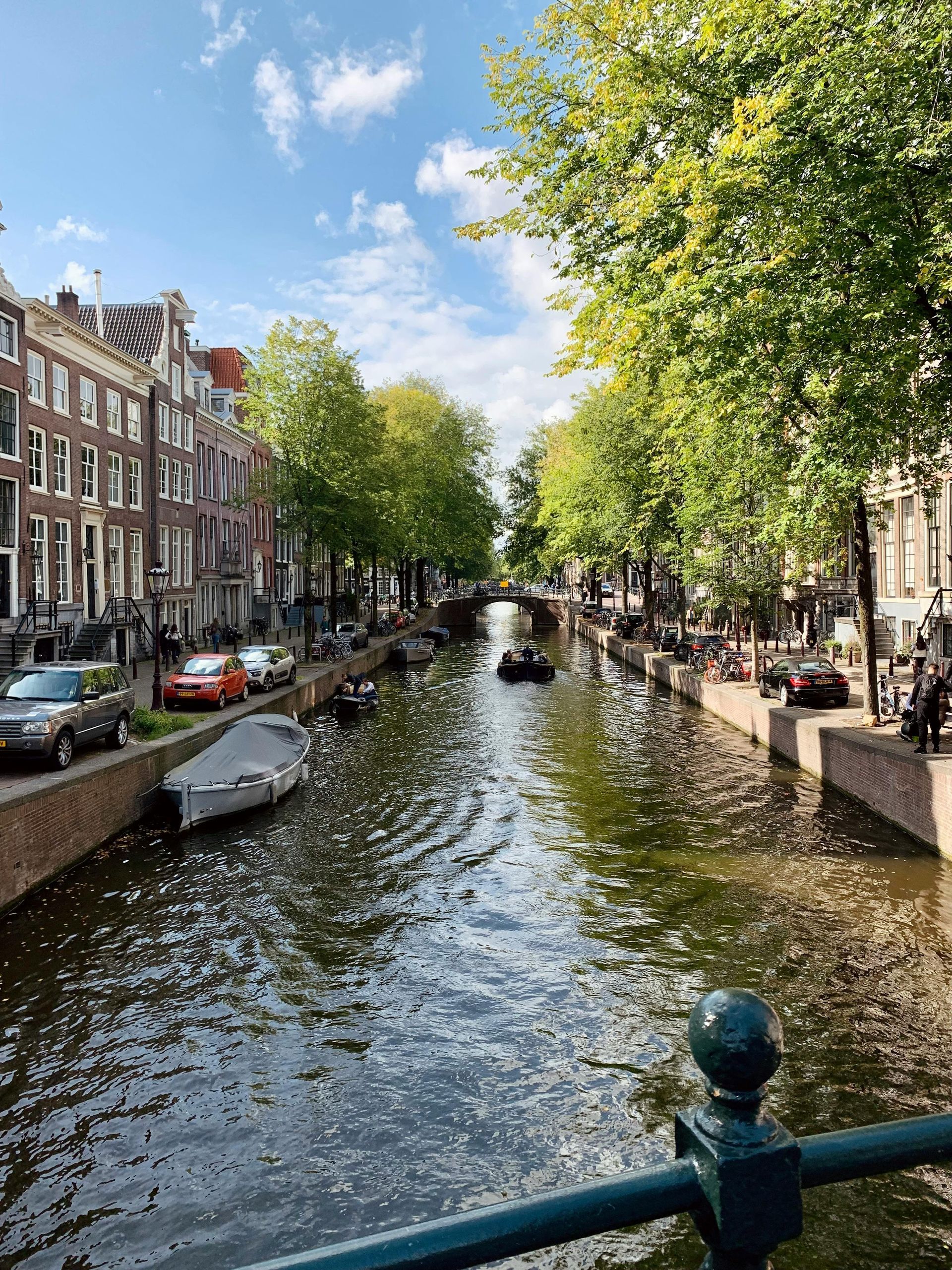
750 Years of Amsterdam: Celebrating a Timeless Bond with Japan
As Amsterdam commemorates its 750th anniversary, it's an opportune moment to reflect on the nation’s enduring global connections.
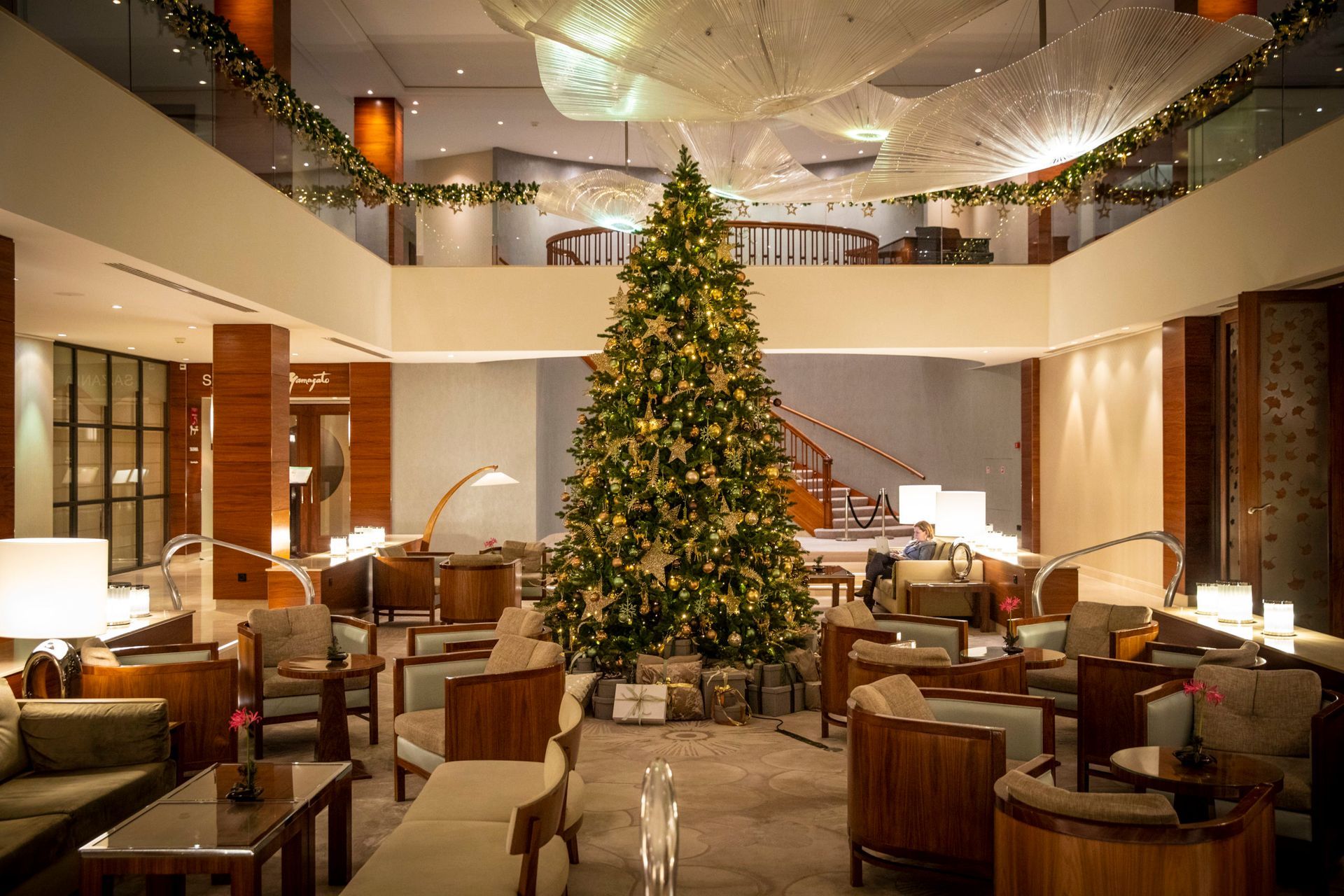
Amsterdam during winter: this is what you can do in the picture-perfect capital city
Our capital during winter has many to offer. Christmas markets for example, to be more specific.
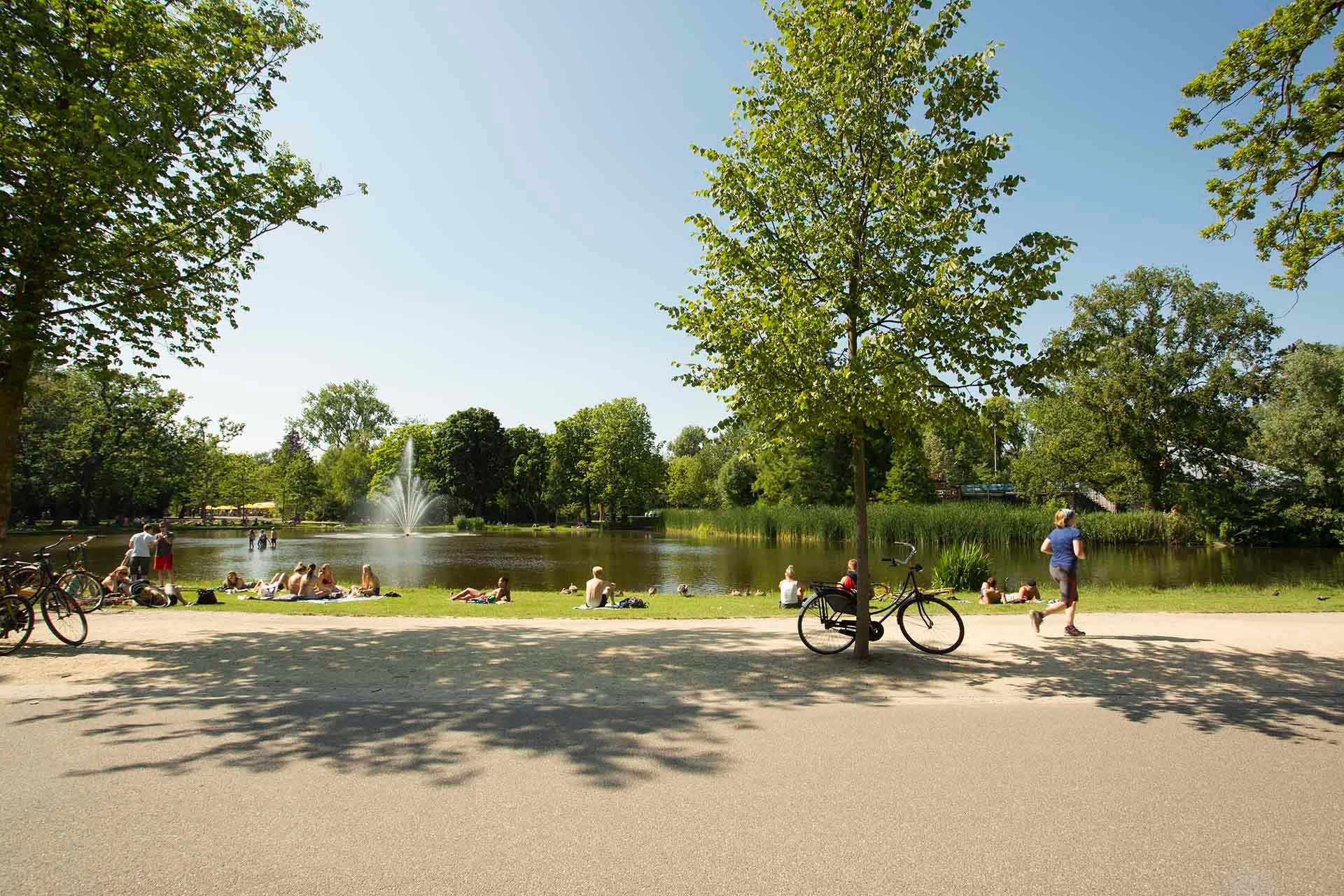
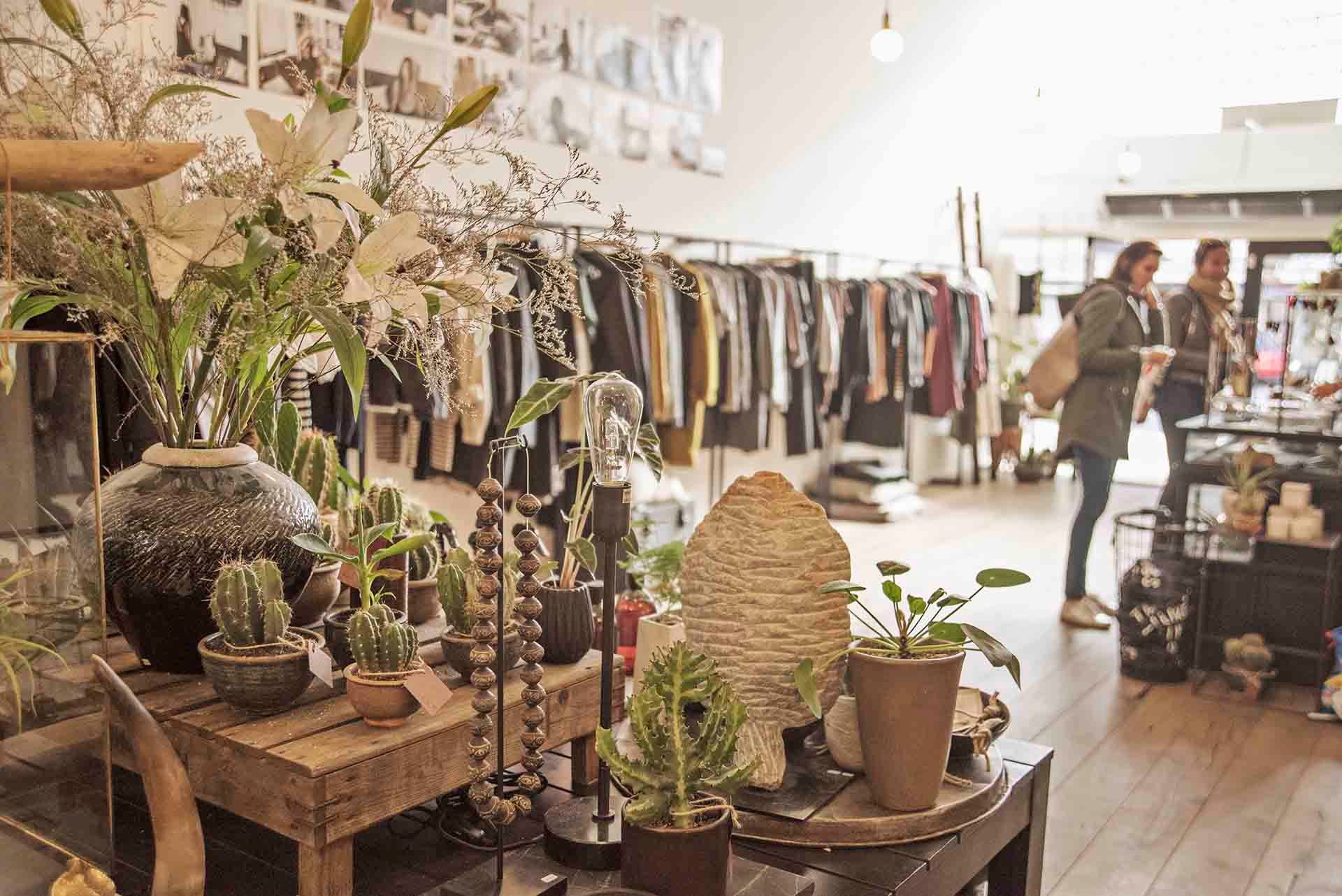
The Ultimate Shopping Guide for De Pijp in Amsterdam
The formerly working-class neighbourhood De Pijp has become one of Amsterdam's main attractions.
The Ultimate Foodie Guide for De Pijp Neighbourhood
Although Hotel Okura Amsterdam's culinary scene is incredibly diverse, you should definitely save a spot in your agenda.
Shopping in Amsterdam
Originally settled in the 12 century, the simple fishing village called 'Aemstelredamme', or 'dam in the river Amstel'.
A romantic night away close to home
Celebrate love with your partner during a special night away. Surprise your partner with an overnight stay in…
Getting to know Amsterdam's canals
One of the most awe-inspiring structures in the world, Amsterdam's Canal Ring stands as stunning architectural marvel.
Explore Amsterdam like a local
In the city of bikes… You cycle through Amsterdam which is not only healthy, but practical and fun…
Neighbourhood De Pijp
The vibrant neighborhood of De Pijp is a local hotspot with numerous bars and restaurants.
Amsterdam’s best museums
Amsterdam certainly has its fair share in regard to world-class museums.
Top 10 picks of Amsterdam from our concierge
Read our concierge magazine Take a canal boat tour (private or organized)…
Amsterdam’s countryside
Zaanse Schans, Volendam and Marken Visiting Amsterdam can mean many things.
750 Years of Amsterdam: Celebrating a Timeless Bond with Japan
As Amsterdam commemorates its 750th anniversary, it's an opportune moment to reflect on the nation’s enduring global connections.
Amsterdam during winter: this is what you can do in the picture-perfect capital city
Our capital during winter has many to offer. Christmas markets for example, to be more specific.







